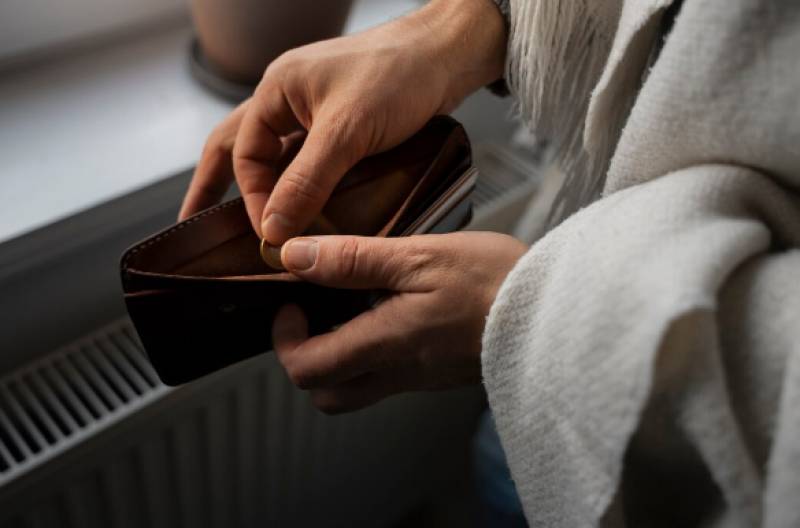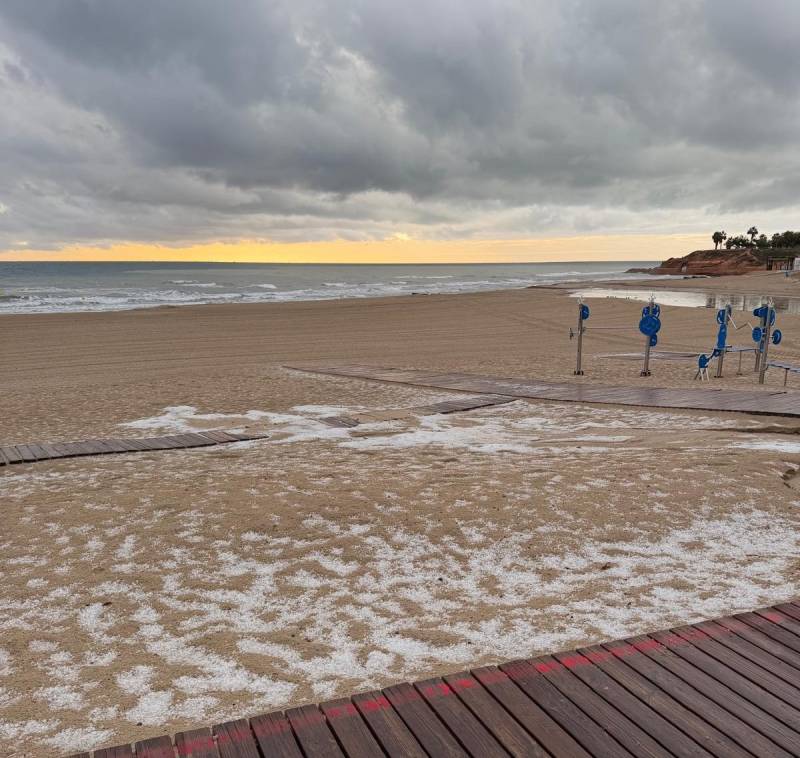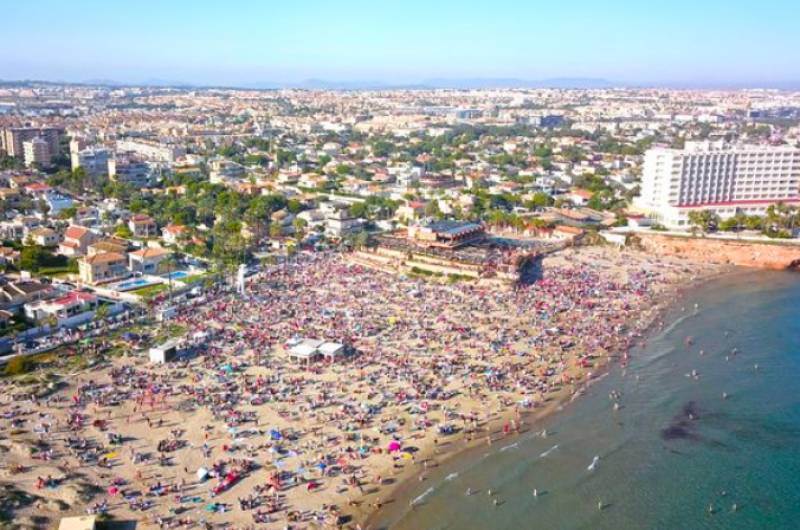
To be listed on the CAMPOSOL TODAY MAP please call +34 968 018 268.

Guidelines for submitting articles to La Manga Club Today
Hello, and thank you for choosing La Manga ClubToday.com to publicise your organisation’s info or event.
La Manga Club Today is a website set up by Murcia Today specifically for residents of the urbanisation in Southwest Murcia, providing news and information on what’s happening in the local area, which is the largest English-speaking expat area in the Region of Murcia.
When submitting text to be included on La Manga Club Today, please abide by the following guidelines so we can upload your article as swiftly as possible:
Send an email to editor@lamangaclubtoday.com or contact@murciatoday.com
Attach the information in a Word Document or Google Doc
Include all relevant points, including:
Who is the organisation running the event?
Where is it happening?
When?
How much does it cost?
Is it necessary to book beforehand, or can people just show up on the day?
…but try not to exceed 300 words
Also attach a photo to illustrate your article, no more than 100kb

Calle Villavieja unofficial arts district of Alicante City
A unique street with an interesting medieval history, home to some of the best art galleries in Alicante
Historically Calle Villavieja was considered the main street running through Alicante during the medieval period when the city was run by the Moors and surrounded by fortified walls. Today it is a semi-pedestrianized street, home to a number of interesting art galleries, cafés and shops, giving it the unofficial status as being the heart of the artistic and cultural quarter of the city, located between Calle Mayor and Calle Virgin de Socorro.
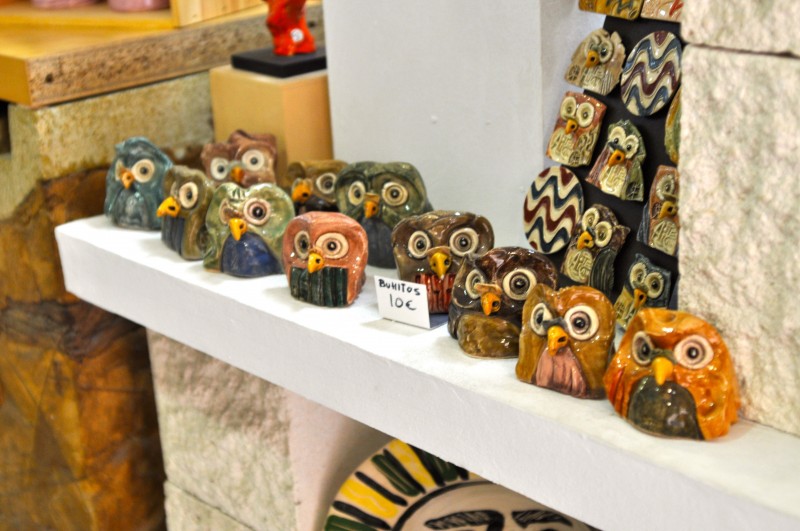
At the South end of Calle Villa Vieja are the remains of one of the side towers of the Puerta Ferrisa, which was the main entrance and exit gate for the city of Alicante from Calle Villavieja, and joined onto the fortified walls that previously bordered the city for protection during the medieval period. This gate was therefore of great military importance as it helped to defend the Moors from invaders. The remains of the gate are now protected inside a museum building to the side of the street and exhibited to the public.
According to various chronicles the Puerta de Ferrisa was an arched gateway decorated in Koranic inscriptions, and the arch separated two roads that are clearly visible even today, one going towards the south along the main street in the direction of Elche and the other in the opposite direction towards Valencia, bordering the mount Benacantil, home to the Castillo de Santa Bárbara.
It was demolished in the mid-eighteenth century after requests from the residents of Alicante who wanted to facilitate access into the city. Today in memory of the city’s medieval history, various parts of the city are named after the pre-existing gates, such as La Puerta del Mar, La Plaza El Portal de Elche, Playa de Postiguet and El Portón.

Over the years Calle Villavieja expanded and in 1490, when Spain was unified with the marriage between the catholic monarchs, Queen Isabella I of Castille and King Ferdinand II of Aragon, the monarchs officially named the street the “calle principal” (main street) of the city, being the main gateway to barrio Villa Vieja, the historical city centre.
However as the city’s population grew, Alicante expanded as new barrios (neighbourhoods) were built to house all of the inhabitants, consequently shifting the main ‘city centre’ southwards, so that the Rambla de Méndez Nuñez then replaced Calle Villavieja in being the main avenue joining the city centre to the port.
At the north end of Calle Villavieja is the Basílica de Santa María, the oldest active church in Alicante, and on the opposite side of the road is the Museum of Contemporary Art (MACA).
Further along the cobbled street are smaller art galleries and unique little gift shops selling handmade arts and crafts, as well as jewellery boutiques and quirky cafés that run their own independent art exhibitions during the day. The evenings along Calle Villavieja are lively yet sophisticated, with a few trendy bars dotted along the street hosting live jazz and blues performances as well as weekly tango nights where anyone can pop in and have a go at dancing with the professionals between glasses of good quality wine.
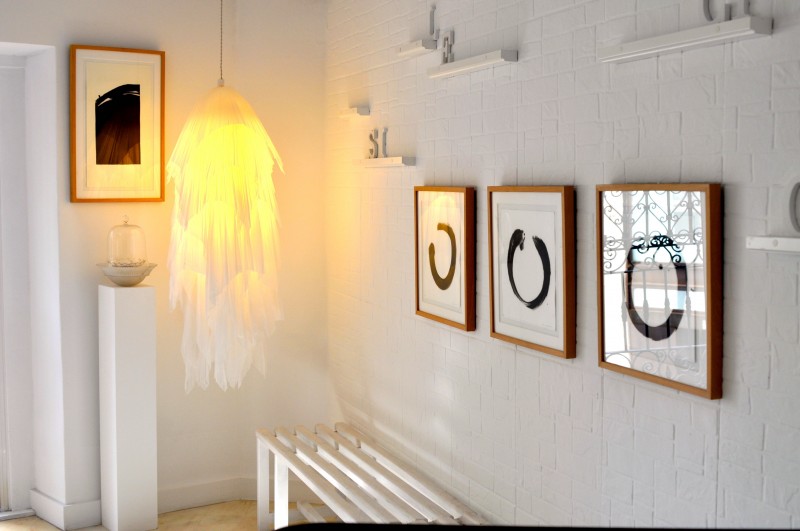
The North end of Calle Villavieja can be accessed by foot from the Postiguet beach by going up the white alpha-shaped walkway located on the beach promenade and turning left, following the second street at the fork in the road. It can also be accessed from the Explanada de España via Calle San Telmo, then through to Calle Lonja de Caballeros and turning right onto Calle Mayor which becomes Calle Villavieja.
The South end of the street can be accessed from the Rambla de Méndez Núñez by taking a left turn onto Calle Mayor, passing the Ayuntamiento and walking through Plaza de Santísima Faz and continuing along the same street until it turns into Calle Villavieja.
The nearest public parking called Interparking Plaza del Puerto is available along the port in Calle Muelle, or if drivers are coming into the city from the Rambla de Méndez Núñez there is parking just off the rambla in Plaza San Cristobal.














